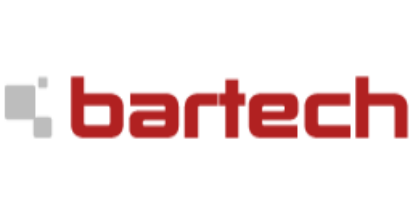Embarking on a new software testing journey is a bit like starting a fitness routine. It can feel intimidating at first, but with a clear plan and consistent effort, you’ll see the results—and the transformation—before you know it. Whether you’re new to testing or looking to refine your current processes (or trying to get a new PB at Parkrun), taking the right steps is key to building an effective and sustainable testing strategy.
Here’s your guide to starting (and sticking with) your software testing journey.
Step 1: Assessing your current state
Before jumping into a new routine, it’s important to understand where you’re starting. What does your testing process look like right now? Are you relying on manual testing or spreadsheets? Do you already have some automation in place? Taking stock of your tools, workflows, and—most importantly—your current library of test cases—is crucial.
Example: A multinational retailer discovers that their testing processes vary across departments. Some use manual testing, others rely on outdated tools that don’t integrate well, and their library of test cases is incomplete and poorly documented. Realizing they need a more standardized and modernized approach, they decide to centralize their processes and invest in a unified strategy.

Step 2: Setting goals
Every good journey needs a destination, and software testing is no different. Once you know your starting point, set clear, measurable goals to give your testing process purpose. Whether it’s reducing bugs, improving efficiency, or covering more features with automation, having specific targets will keep you on track.
Example: A SaaS company sets a goal to reduce bug resolution time by 30% in six months, and to automate all their regression testing over the year. These targets guide their strategy and ensure their efforts stay focused.
Step 3: Creating a plan
Now that you have goals, it’s time to create a roadmap. Your plan should prioritize tasks, allocate resources, and set timelines to ensure a smooth journey. Don’t try to tackle everything at once—focus on high-priority areas first and build from there. To borrow a phrase from the fitness world, it* is* sometimes OK to skip leg day.
Example: A beverage company migrating its ERP system to the cloud creates a detailed testing plan to ensure a seamless transition. They prioritize workflows like order processing and inventory management and schedule regression testing phases to address potential risks. With user acceptance testing lined up before the go-live date, they’re confident in their strategy.

Step 4: Implementing best practices
Success in testing comes from following best practices—and sticking with them. Automate repetitive tasks to free up time for your team, maintain proper documentation, and prioritize communication between testers and developers. Start small and build momentum as you go.
Example: A team managing an ERP system automates repetitive data validation tests, saving hours of manual effort. They also introduce sprint reviews to continuously refine their processes, ensuring every test cycle builds on the last.
Step 5: Monitoring progress
Progress is the best motivator, so track it regularly. Use key performance indicators (KPIs) like defect detection rate, test coverage, or time to market to see how far you’ve come. If something isn’t working, adapt your approach—it’s all part of the journey.
Example: An educational software provider monitors their defect detection rate and notices month-over-month improvement. However, when they identify low test coverage in certain areas, they quickly adjust their strategy to close the gaps.

Conclusion: Achieve your goals with a platform like Original Software
Even the most determined teams benefit from expert guidance—and that’s where a platform like Original Software comes in. Think of us as the personal trainer for your software testing journey. Our platform provides the tools, insights, and support you need to streamline your testing process and achieve your goals faster and with less stress.
Featuring powerful no-code automation, purpose-built management tools, and integration with developer environments, Original Software makes it easy to get started and stay on track. So, whatever happens to your new fitness regime, you can at least be confident that your testing will get to – and stay at – the top of its game.
If you’re ready to take your testing to the next level, Original Software can help you get your skates (or running shoes) on. Together, we’ll help you create a testing strategy that’s efficient, effective, and scalable. Click below to get in touch and start the journey today.











